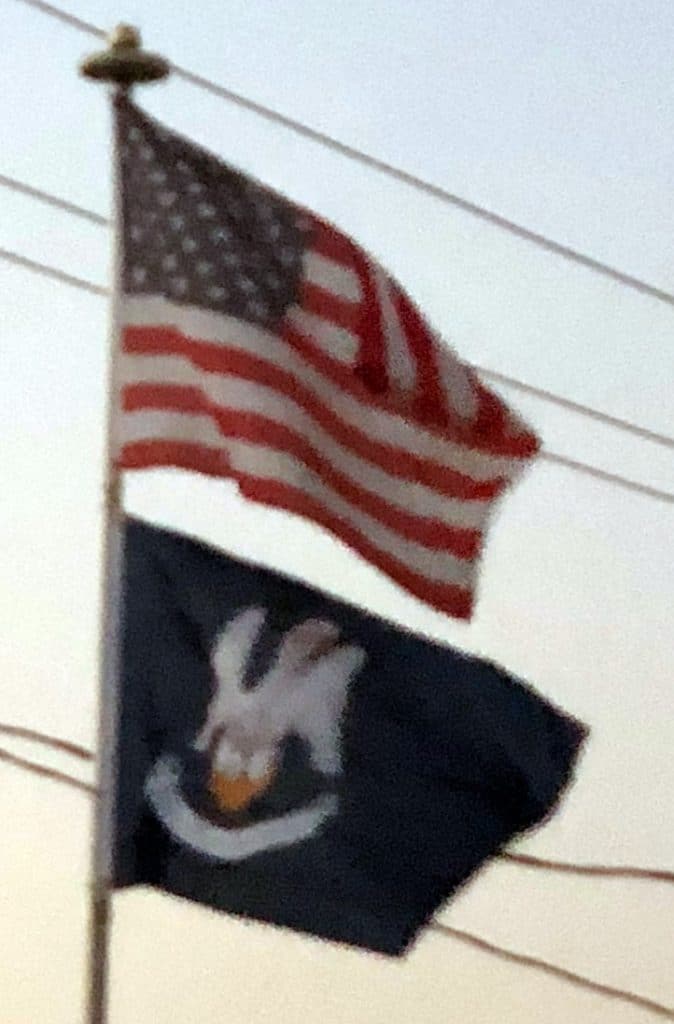On October 18, 1802, however, Juan Ventura Morales, Acting Intendant of Louisiana, made public the intention of Spain to revoke the right of deposit at New Orleans for all cargo from the United States. The closure of this vital port to the United States caused anger and consternation. Commerce in the west was virtually blockaded. President Jefferson ignored public pressure for war with France, and appointed James Monroe a special envoy to Napoleon, to assist in obtaining New Orleans for the United States. Jefferson also raised the authorized expenditure to $10 million.
However, on April 11, 1803, French Foreign Minister Talleyrand surprised Livingston by asking how much the United States was prepared to pay for the entirety of Louisiana, not just New Orleans and the surrounding area. Monroe agreed with Livingston that Napoleon might withdraw this offer at any time, and that approval from President Jefferson might take months, so Livingston and Monroe decided to open negotiations immediately. By April 30, they closed a deal for the purchase of the entire Louisiana territory of 828,000 square miles for 60 million Francs (approximately $15 million).
When news of the purchase reached the United States, Jefferson was surprised. He had authorized the expenditure of $10 million for a port city, and instead received treaties committing the government to spend $15 million on a land package which would double the size of the country. Jefferson’s political opponents in the Federalist Party argued the Louisiana purchase was a worthless desert, and that the Constitution did not provide for the acquisition of new land or negotiating treaties without the consent of the Senate. What really worried the opposition was the new states which would inevitably be carved from the Louisiana territory, strengthening Western and Southern interests in Congress, and further reducing the influence of New England Federalists in national affairs. President Jefferson was an enthusiastic supporter of westward expansion, and held firm in his support for the treaty. Despite Federalist objections, the U.S. Senate ratified the Louisiana treaty on October 20, 1803.
The Louisiana Territory, purchased for less than 3 cents an acre, doubled the size of the United States overnight, without a war or the loss of a single American life, and set a precedent for the purchase of territory. It opened the way for the eventual expansion of the United States across the continent to the Pacific.
Statehood:
Louisiana became the eighteenth U.S. state on April 30, 1812.
Secession and the Civil War:
The strong economic interest of elite whites in maintaining the slave society contributed to Louisiana’s decision to secede from the Union in January 26, 1861. It followed other Southern states in seceding after the election of Abraham Lincoln as President of the United States. Louisiana’s secession was announced on January 26, 1861, and it became part of the Confederate States of America.
The state was quickly defeated in the Civil War, a result of Union strategy to cut the Confederacy in two by seizing the Mississippi. Federal troops captured New Orleans on April 25, 1862. Because a large part of the population had Union sympathies (or compatible commercial interests), the Federal government took the unusual step of designating the areas of Louisiana under Federal control as a state within the Union, with its own elected representatives to the U.S. Congress.
